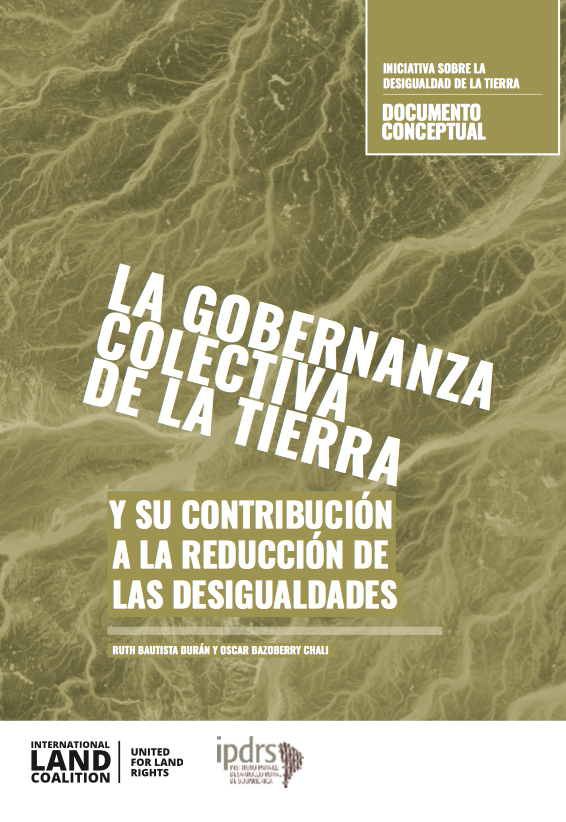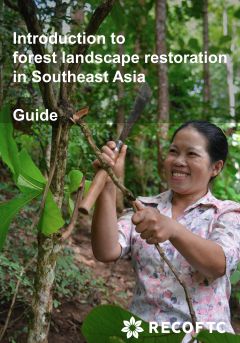Youth and the Future of Community Forestry
Forests managed by Indigenous and other local communities generate important benefits for livelihood, and contribute to regional and global biodiversity and carbon sequestration goals. Yet, challenges to community forestry remain. Rural out-migration, for one, can make it hard for communities to maintain broad and diverse memberships invested in local forest commons. This includes young people, who can contribute critical energy, ideas, and skills and are well positioned to take up community forest governance and work, but often aspire to alternative livelihoods and lifestyles.






